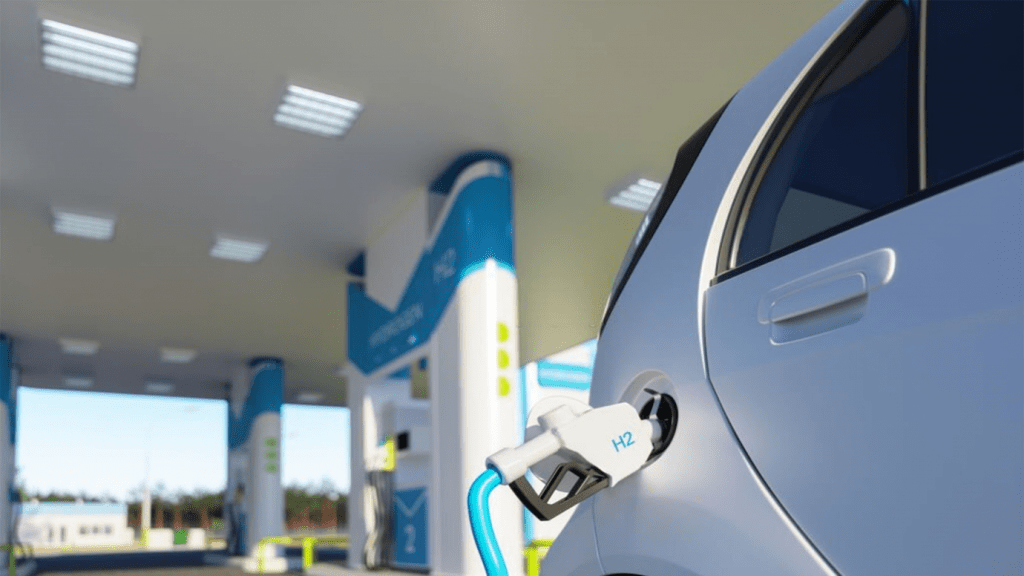
Canada Appeals for International Firefighting Aid
June 09, 2025: Canada has issued an international appeal for firefighting support as wildfires intensify across multiple provinces

July 22, 2022: -Big Automotive Toyota, along with three different partners, is planning to work on the development of light-duty fuel cell electric trucks to move them out in Japan in the subsequent year.
On Tuesday, Toyota said it would unite with Isuzu, Hino Motors, and Commercial Japan Partnership Technologies Corporation on the project. Isuzu and Hino took the statement as Toyota on their separate websites.
One potential use case for the fuel cell vehicles could be in the supermarket and convenience store sector, where Toyota said light-duty trucks were “required to drive long distances over extended hours to perform multiple delivery operations in one day.”
The company has listed short refueling as a requirement for vehicles operating in this segment.
“The use of FC technology, which runs on high energy density hydrogen and has zero CO2 emissions while driving, is considered effective under such operating conditions,” it further said.
According to the company, an introduction to the market is slated for after January 2023, with light-duty fuel-cell trucks used at distribution sites in Fukushima Prefecture and other projects in Tokyo.
Hino Motors is from the Toyota Group, while CJPT was established by Isuzu, Toyota, and Hino in 2021.
Toyota started working on developing fuel-cell vehicles where hydrogen from a tank mixes with oxygen, creating electricity back in 1992.
In 2014, it established the Mirai, a hydrogen fuel enclosure sedan. The business says its fuel cell vehicles emit “nothing but water from the tailpipe.”
Alongside Mirai, Toyota also helped develop larger hydrogen fuel cell vehicles. These include a bus known as the Sora and prototypes of heavy-duty trucks. Alongside fuel partitions, Toyota is examining using hydrogen in internal combustion engines.
Tuesday called Suzuki, Daihatsu, Toyota, and CJPT announced plans to introduce battery electric mini-commercial vehicles to the market in 2023.
“The mini-commercial van BEV developed by these four companies will be used by partners in social implementation projects in Fukushima Prefecture and Tokyo,” the report said.
We provide the insights on leaders who are responsible for taking their organization to new heights, all the while bringing together a group of talented individuals.

June 09, 2025: Canada has issued an international appeal for firefighting support as wildfires intensify across multiple provinces

May 27, 2025: Air Canada Cuts Five U.S. Routes for Winter 2025–26, Part of Broader Cross-Border Retrenchment

May 26, 2025: Trump Freezes $2.2B in Federal Grants to Harvard Over DEI, Threatens Tax-Exempt Status.

May 14, 2025: Microsoft has announced plans to reduce its global workforce by approximately 3%, affecting roughly 10,000 employees across multiple departments.

May 13, 2025: The Trump administration is considering suspending the constitutional right of habeas corpus in a bid to accelerate mass deportations.

April 29, 2025: Donald Trump’s second term has reached the 100-day mark under sustained public skepticism, with national approval ratings